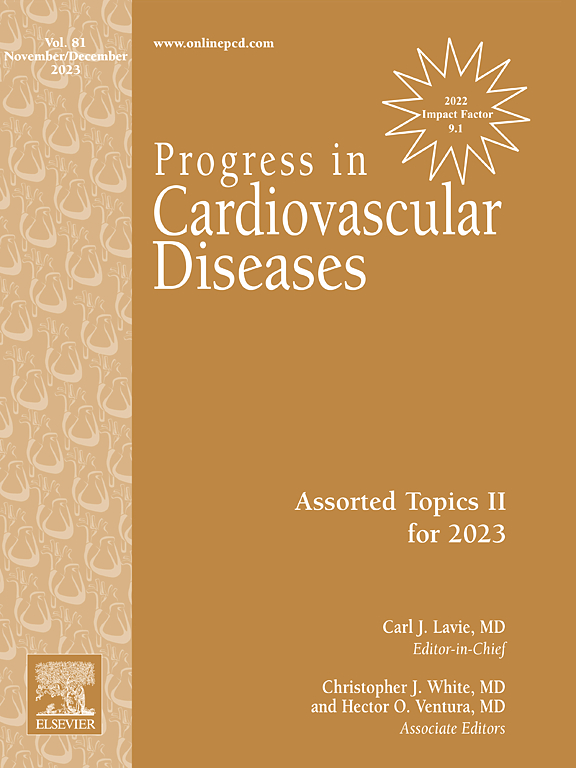社区中健康生活的文化。
IF 7.6
2区 医学
Q1 CARDIAC & CARDIOVASCULAR SYSTEMS
引用次数: 0
摘要
将一群人定义为社区的一部分的定义是广泛的,并取决于被分类的群体的背景。在本综述中,社区可以被定义为“一群具有不同特征的人,他们通过社会关系联系在一起,分享共同的观点,并在地理位置或环境中从事联合行动”。一个特定的社区将拥有独特的文化属性,美国心理协会将其定义为“在任何社会群体中代代相传的价值观、信仰、语言、仪式、传统和其他行为”。在美国,不健康的生活方式导致了令人无法接受的慢性病的高发病率和流行率。尽管做出了善意的努力,但从个人到整体,社会似乎未能改变不健康生活方式行为的轨迹。也许我们经常用一刀切的方法来传递健康行为信息和咨询是一个严重的缺点。多运动、不吸烟和健康饮食对人体生理有很大好处,因此对人类健康的影响是显而易见的。然而,人类健康行为或行为改变的决定不是由生理驱动的,而是由复杂的相互作用的环境因素驱动的——其中一个社区独有的文化驱动因素。在此,我们讨论了几个有机会促进健康生活文化的社区环境。这篇综述将着重于体现前面描述的社区和文化定义的设置。本文章由计算机程序翻译,如有差异,请以英文原文为准。
The culture of healthy living in communities
What defines a group of individuals as part of a community is broadly interpreted and depends on the context of the group being categorized. For this review, community may be defined as “as a group of people with diverse characteristics who are linked by social ties, share common perspectives, and engage in joint action in geographical locations or settings”. A given community will possess unique cultural attributes, defined by the American Psychological Association as “the values, beliefs, language, rituals, traditions, and other behaviors that are passed from one generation to another within any social group”. Unhealthy lifestyle behaviors drive the unacceptably high incidence and prevalence of chronic disease in the United States. Despite well intentioned efforts, society appears to be failing at altering the trajectory of unhealthy lifestyle behaviors, from an individual to population level. Perhaps our oftentimes one size fits all approach to health behavior messaging and counseling is a critical shortcoming. The fact that being more physically active, not smoking and consuming a healthier diet is of great benefit to human physiology and therefore human health outcomes is clear. However, human health behaviors or decisions to make a change in behavior are not driven by physiology but rather a complexly interacting milieu of factors - cultural drivers unique to a community amongst them. Herein, we discuss several community settings where there are opportunities to promote a culture of health living. This review will focus on settings that embody the definitions of community and culture described previously.
求助全文
通过发布文献求助,成功后即可免费获取论文全文。
去求助
来源期刊

Progress in cardiovascular diseases
医学-心血管系统
CiteScore
10.90
自引率
6.60%
发文量
98
审稿时长
7 days
期刊介绍:
Progress in Cardiovascular Diseases provides comprehensive coverage of a single topic related to heart and circulatory disorders in each issue. Some issues include special articles, definitive reviews that capture the state of the art in the management of particular clinical problems in cardiology.
 求助内容:
求助内容: 应助结果提醒方式:
应助结果提醒方式:


